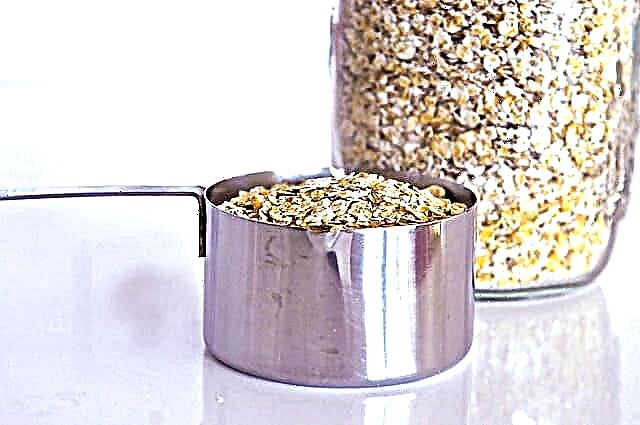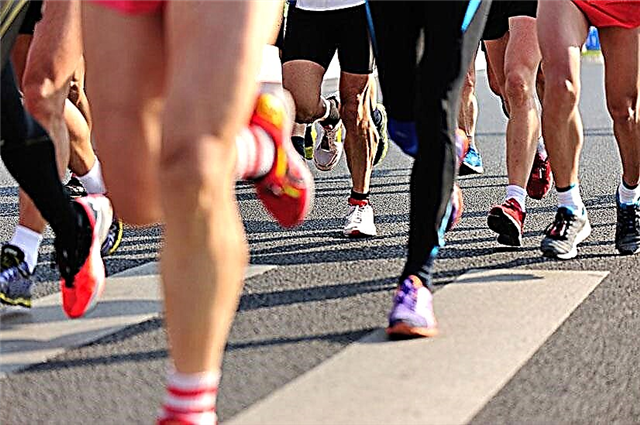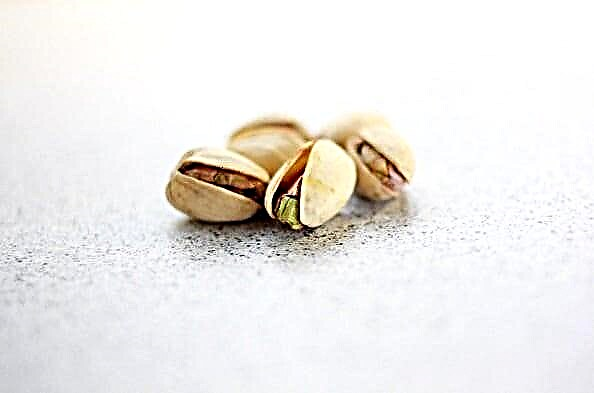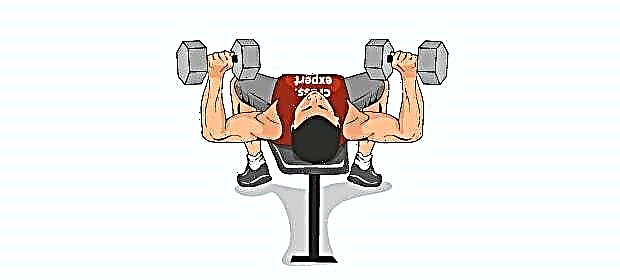The jump squat is a rather interesting exercise in terms of load, which is deservedly popular among crossfit and fitness lovers. On the one hand, in it we perfectly work out the quadriceps, working in full amplitude and in an explosive manner, on the other hand, we additionally train our heart, since this exercise also contains an aerobic load.
Few exercises that do not require the use of additional weights can increase the pace of your workout as much as the jump squat. Only various variations of burpees come to mind (with jumping on a box, jumping over a barbell, pulling up on a horizontal bar, etc.). The work is really colossal: due to the fact that we work non-stop, not allowing our muscles to rest, the body does not have time to restore ATP reserves, glycogen stores in our muscles are quickly consumed, the maximum number of muscle fibers, both fast and slow, and the heart rate can easily reach 140-160 beats per minute, so people suffering from arterial hypertension or other problems with the cardiovascular system should perform this exercise with great care - such an intense load can be for them excessive and dangerous.
In our article today, we will analyze the following features of this exercise:
- What are the benefits of jumping squats;
- Exercise technique;
- Crossfit complexes containing this exercise.
What are the benefits of jumping squats?
Such exercises simultaneously carry an aerobic and anaerobic load for the body, providing a comprehensive development of the athlete's functional capabilities.
- The aerobic part of the exercise is that by working in such an intense manner, we spur the work of our cardiovascular system, adapting our heart muscle to serious stress. By working at a high heart rate, we also intensify the breakdown of fatty tissue, which leads to rapid weight loss and gaining good relief.
- The anaerobic component of the exercise is that our muscles also receive a strong enough stress, which is necessary for their hypertrophy and increase in strength. By working in this non-stop manner, we intensify anaerobic glycolysis, which leads to rapid acidification and "failure."
Having mastered the correct technique of this exercise and including it in your training program, over time you will notice how your endurance and explosive strength have increased, you can more easily endure intense cardio loads and have better control over your breathing during basic strength exercises. Therefore, I strongly recommend every athlete not to ignore this exercise and give it due attention, whether you are a lover of crossfit, fitness, powerlifting, martial arts or athletics - the functional qualities gained in jumping squats will be useful to you in any of these disciplines, significantly increasing your result.
What muscles work?
In addition, the jump squat also stimulates the development of explosive strength of the quadriceps due to the sharp contraction of muscle fibers. This will come in very handy when doing heavy squats and deadlifts, where a good burst at the start guarantees a quick and powerful lift. Many Western powerlifting practitioners consider jumping exercises (such as the jump squat and box-hopping) to be the primary tool for developing really strong legs.
The main working muscle groups in the jump squat are the quadriceps, adductors of the thigh and buttocks. An additional static load is carried by the spinal extensors, abdominal muscles and hamstrings.

The most common variation of jumping is performing this exercise with the athlete's own weight - this is the easiest way to control movement, monitor breathing, and the load on the knees and spine will be minimal. However, no one forbids you to complicate your task and try to perform this exercise with additional weights in the form of a barbell or dumbbells. The barbell is best placed on the trapezium, as in classic squats, we hold the dumbbells in outstretched arms, trying not to strain the biceps and shoulders. Of course, the weight of the weights should be moderate, we are not interested in power records here, and there is no point in working in a low repetition range. Choose a weight with which you can handle at least 10 "clean" reps and gradually increase the load, remembering to give the body enough resources to recover.
The risk of injury from the use of additional weight, of course, increases, since there is an axial load on the spine, and unwanted compression on the knee joints is created.
Correct exercise technique
Below we will look at the most correct technique for performing jump squats, having studied which you can significantly increase the amount of work performed in training.
Starting position
- We put our feet shoulder-width apart;
- The feet are slightly apart;
- The back is straight;
- We cross our arms on the chest;
- The gaze is directed forward.
If you are performing an exercise with a barbell, place it on the trapezius muscles and squeeze it tightly with your palms, it should not change its position during the approach.

If you are doing an exercise with dumbbells, grab them tightly with your hands (you can use wrist straps or hooks) and try to keep them pointed straight down throughout the approach. If the dumbbells swing from side to side, you run the risk of injury to your shoulder.

Squat
Perform a deep squat, keeping your back straight and without rounding the sacrum area. Try to touch your hamstrings to your calf muscles - this will be our lowest point of amplitude. Do not change the position of the projectile if you are doing an exercise with additional weights.
Dash
Start an explosive upward movement, trying to straighten your legs as quickly as possible, and exhale sharply at the same time. After that, try to lift your feet off the ground, due to the given powerful acceleration, you will lift off the ground by several tens of centimeters. Watch the position of the barbell and dumbbells as you jump. If you are outweighed and you cannot control the movement in any way, reduce the working weight or perform jumps with your own weight.
"Landing"
When you have already begun to go down, inhale and concentrate on landing on your slightly bent legs and immediately continuing downward movement - this way you minimize the risk of injuring your knee joints. Land, immediately descend as low as possible and do another repetition without stopping after landing or at the bottom point. The work should be continuous so that the muscles of the thighs are in constant tension.

Crossfit complexes
In the table below, we will consider several functional complexes, by performing which you can increase the explosive strength of the legs, give a complex load on all muscles of the body, or simply increase the training energy consumption by spending a large amount of calories in the gym.
In these complexes, the number of repetitions of the jump squat is indicated, implying an exercise with the athlete's own weight. If this exercise is very easy for you without using additional weights, you can take a small barbell or light dumbbells and perform these complexes with them, reducing the number of repetitions at your discretion.
| Flight simulator | Perform 200 rope jumps, 60 jump squats, and 30 burpees. There are 3 rounds in total. |
| JAX | Perform 10 burpees, 10 barbells, 20 jump squats, and 20 lunges. Only 5 rounds. |
| OHDU | Perform 3 overhead squats, 20 jump squats, and 15 double jumps. There are 3 rounds in total. |
| Red line | Perform 10 barbell thrusters, 10 box jumps and 10 jump squats. Only 10 rounds. |









